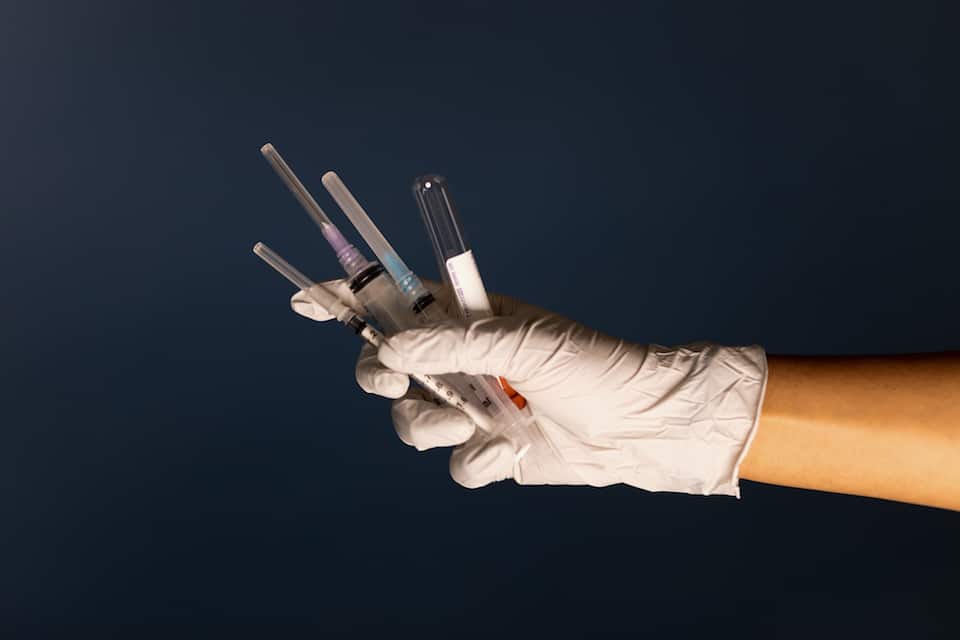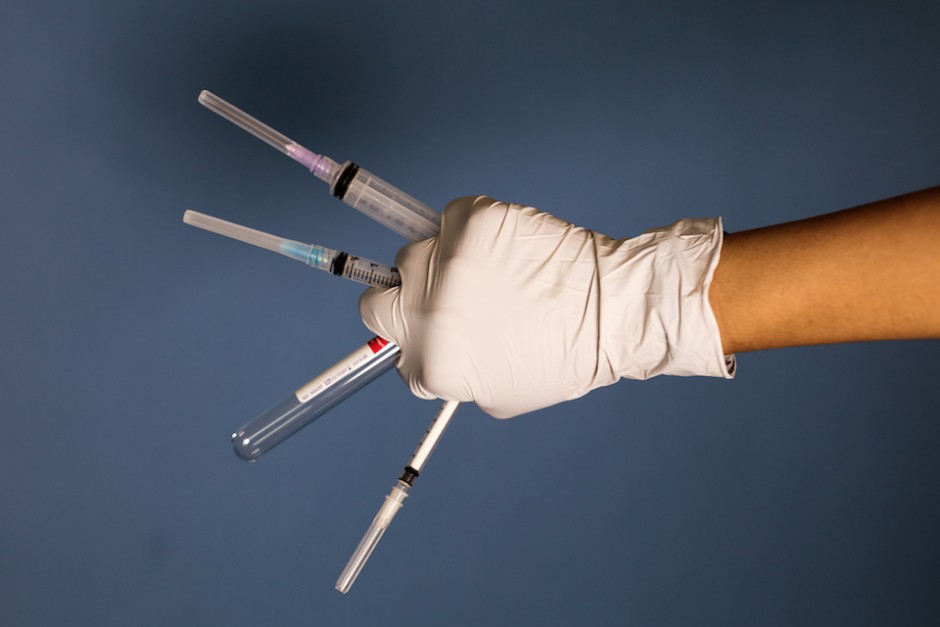For many North American athletes, whether Olympic hopefuls or professionals, collegiate athletics is the first step to a professional contract or gold medal. Shifting from amateur athletes requires an increased amount of time dedicated to more intense training regimes, and it also brings with it stricter rules: especially when it comes to doping.
Any athlete who is a member of either of the two major collegiate sporting bodies in North America, Canadian Interuniversity Sport (CIS) or the National Collegiate Athletic Association (NCAA), is required to follow the world anti-doping code, established in 2004 by the World Anti-Doping Agency (WADA).
This code covers many different classes of substances, and perhaps most importantly, emphasizes the fact that it is the athletes themselves who are ultimately responsible to ensure that they are not violating any of its policies. If an athlete is found to have violated any part of the code, whether intentionally or not, they may face serious consequences.
So what exactly do the CIS and NCAA do in order to help educate and protect their athletes? The CIS, in conjunction with the Canadian Centre for Ethics in Sport (CCES), have created an anti-doping program for all its athletes. The program consists of courses the athletes must take in order to be cleared to play. Each athlete’s CCES account also gives them access to further educational resources, including the Canadian Anti-Doping Program (CADP), a quick reference card on the policies in place, and the ‘prohibited list,’ taken directly from WADA’s website.
The NCAA has a similar practice in place. Each athlete must sign a consent form at the beginning of the year indicating that they understand the rules, and that they give their consent to be tested at any time. If they do not sign this form, then they are not able to play. Finally, NCAA athletes must submit a student athlete statement, which provides the NCAA with more drug use information.
Both organizations also warn against taking any nutritional supplements due to the fact that they are poorly regulated and may contain banned substances, which could lead to violating the code for an athlete. On their websites, the CCES and NCAA provide additional resources which athletes can consult in order to determine whether or not something they are taking is classified as a banned substance or not.
Closer to home, and in addition to completing the online courses through the CCES, many Varsity Blues athletes attend anti-doping seminars during orientation week each year. This seminar is organized and run by members of the David L. MacIntosh Sport Medicine Clinic, and it serves to further inform the athletes about anti-doping policies and the potential dangers of doping. If an athlete is caught, they can face a number of consequences, including but not limited to being suspended, being stripped of their title, or being banned from competition.
In a 2013 TEDx talk at U of T Doug Richards, medical director of the David L. MacIntosh Sport Medicine Clinic, and an assistant professor in the department of kinesiology and physical education, mentioned that the culture of risk that is associated with the ‘winning at all costs’ mentality in sports can lead to using performance enhancing agents. “Look at the behaviour of athletes in respect to doping” said Richards, “they’re willing to take dangerous substances, subject themselves to potential bodily harm, they’re willing to cheat and potentially get caught and kicked out all in the name of increasing their probability that they might win.” Doping is not only a choice an athlete makes in order to increase their chances of winning, but it is also an extreme reaction to the culture within sport where winning has traditionally been the only predicator of success.
So why do athletes dope in the first place? Well, the short answer is to increase their chances of winning. With over 284 purported doping cases in professional sport in 2014 and the recent state-sponsored Russian doping scandal, it doesn’t look like anti-doping education is as effective as it can be. It is clear that doping is a very complex issue in collegiate-level and professional sport, but the system could potentially benefit from an overhaul by changing the emphasis on the individual to focusing on the sports community to take the pressure off of winning.
Until that point, we will have to rely on information sessions and tests to commit athletes to ‘playing true.’



